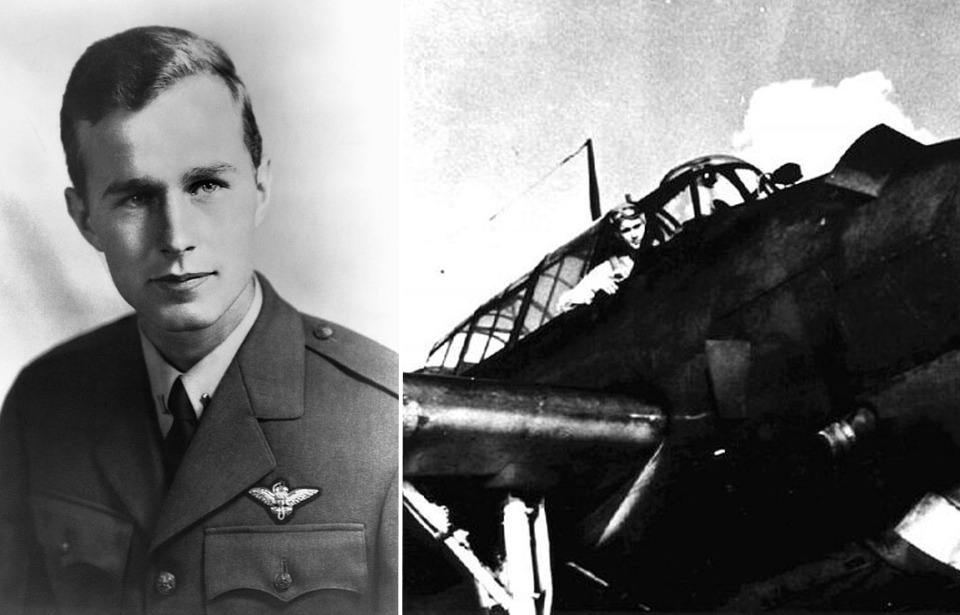George H.W. Bush had one of the most distinguished military careers of all US presidents. He enlisted in the US Navy at 18 and was in the Reserve until his early thirties. During World War II, he flew the Grumman TBM Avenger on several key air missions, with the majority occurring during his stint aboard the light aircraft carrier USS San Jacinto (CVL-30).
George H.W. Bush enlists in the US Navy
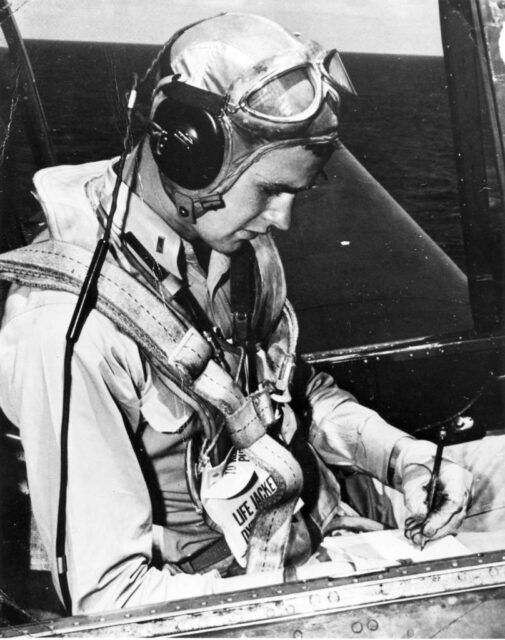
George H.W. Bush was born on June 12, 1924, in Milton, Massachusetts. When the Japanese attacked Pearl Harbor on December 7, 1941, the future president was still a student at Phillips Academy, an elite secondary school. However, he was determined to do his part and, as soon as he graduated, enlisted in the US Navy.
Following 10 months at pre-flight training at the University of South Carolina at Chapel Hill, Bush received a commission as an ensign in the Naval Reserve. The date was June 9, 1943. A few days shy of turning 19, he had become one of the youngest pilots serving with the Navy.
Bush was stationed for the first portion of his service at Naval Air Station Corpus Christi as a photographic officer with Torpedo Squadron 51 (VT-51), before being assigned to the Pacific Theater, serving aboard the USS San Jacinto.
USS San Jacinto (CVL-30)
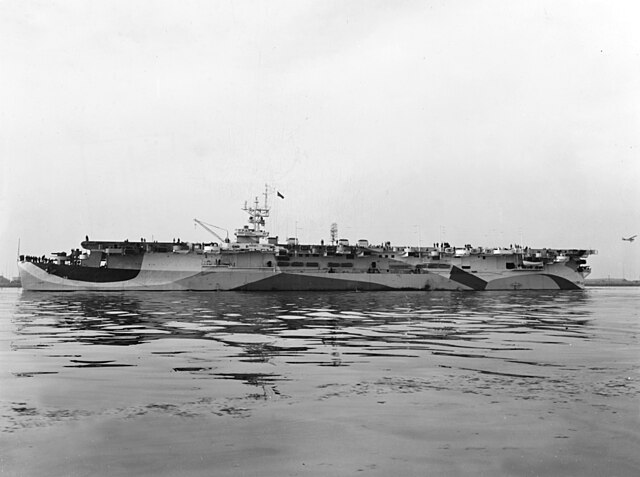
The USS San Jacinto was an Independence-class light aircraft carrier commissioned into the US Navy in late 1943. The 11,000-ton vessel was a powerful entity on the high seas, boasting an armament system that comprised 28 Bofors anti-aircraft guns and 40 Oerlikon autocannons. She could house a crew of up to 1,549, with room for 45 aircraft.
San Jacinto served in the Pacific Theater throughout the Second World War. Her first deployment saw her participate in action in the Marianas with the Fast Carrier Task Force, followed by action against the Japanese home islands and the Philippines. For her service, the light aircraft carrier received the Presidential Unit Citation, among other decorations.
Following World War II, San Jacinto was decommissioned and placed in the Pacific Reserve Fleet. She saw renewed service between 1959-79 as an auxiliary aircraft transport, under the designation AVT-5, after which she was sold for scrapping.
George H.W. Bush enters the Pacific Theater
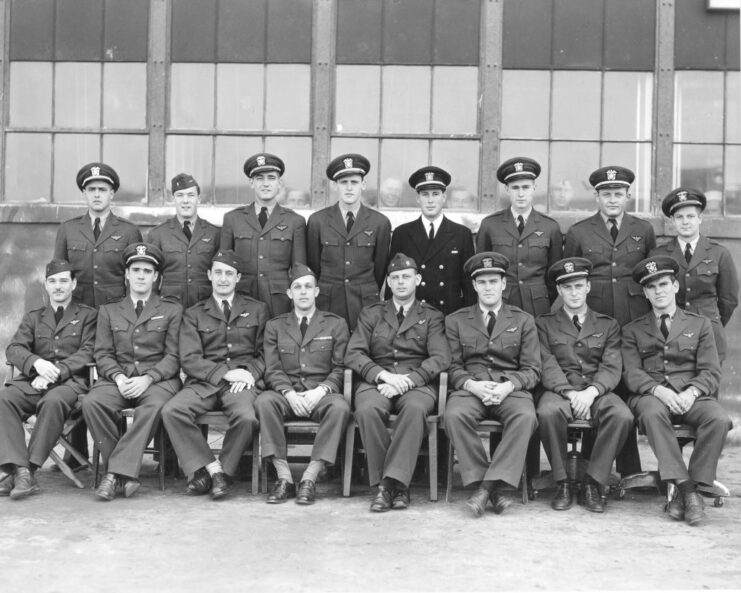
George H.W. Bush and Torpedo Squadron 51 were deployed aboard the USS San Jacinto as part of Air Group 51, which itself was a component of Task Force (TF) 58. His first combat missions involved bombing runs over Wake and Marcus islands, after which the light aircraft carrier traveled to the Marianas.
It was shortly after that Bush experienced his first issue flying the TBM Avenger, when he was forced to make a water landing. While the bomber was lost to the ocean, the ensign was rescued by the USS Clarence K. Bronson (DD-668).
Chichijima Incident
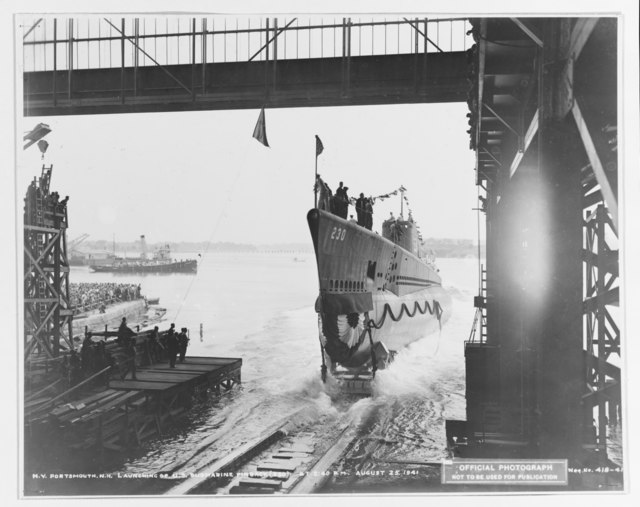
Following a promotion to lieutenant, junior grade, Bush participated in an air raid on the Japanese island of Chichijima. The date was September 2, 1944, with the young pilot manning one of the four TBM Avengers that set out from Torpedo Squadron 51.
Throughout the raid, the aviators had to navigate heavy anti-aircraft fire from below. Bush’s bomber was one of many to suffer such severe damage that it was no longer airworthy, forcing him to bail out with another member of his crew. The latter, sadly, perished, as his parachute didn’t open, resulting in him falling to his death. A third man never made it out of the TBM Avenger. Bush himself was incredibly lucky to survive the descent, as he’d hit his head on the bomber’s tail and tore his parachute.
Over the subsequent hours, Bush, in an inflatable raft, floated in the water, hoping someone would save him. While he waited, the other men involved in the raid who’d suffered damage to their aircraft were met with a terrible fate; all eight had escaped their aircraft, only to perish on Chichijima. They were captured and interrogated by the Japanese, before being executed, beheaded and cannibalized.
After what seemed like hours, Bush was rescued by the USS Finback (SS-230). He remained aboard the submarine for a month, participating in the rescues of other downed airmen during this time. For his role in the ill-fated Chichijima bombing, the future president was awarded the Distinguished Flying Cross.
Returning to the USS San Jacinto (CVL-30)
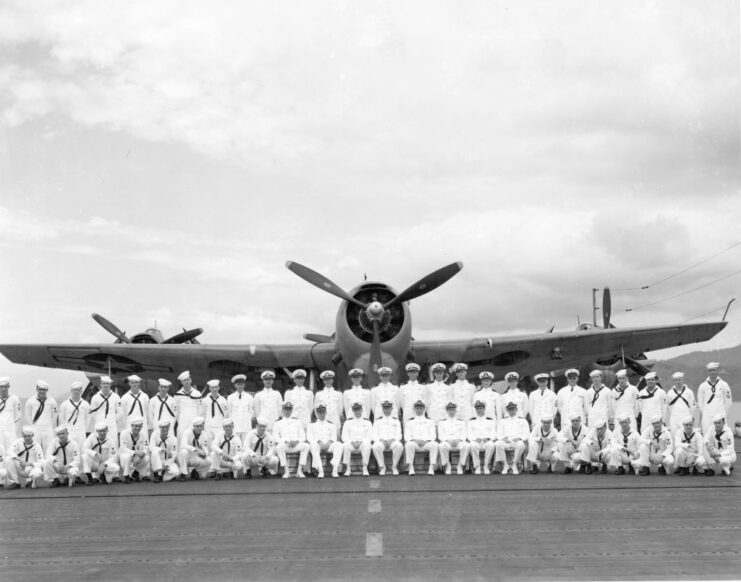
George H.W. Bush eventually returned to the USS San Jacinto, in November 1944. The vessel was performing operations in the Philippines, with the naval aviator continuing to serve in the Pacific until early 1945, when he was sent back to the United States to prepare for Operation Downfall (the US invasion of Japan) with Torpedo Squadron 153 (VT-153).
Prior to his return to home soil, the future president had flown 58 combat missions, comprising 1,228 flight hours.
With the Japanese surrender following the atomic bombings of Hiroshima and Nagasaki, Operation Downfall was canceled. As such, Bush was placed on inactive duty, with him receiving a full discharge as a lieutenant a decade later, in 1955.
Pivoting to American politics
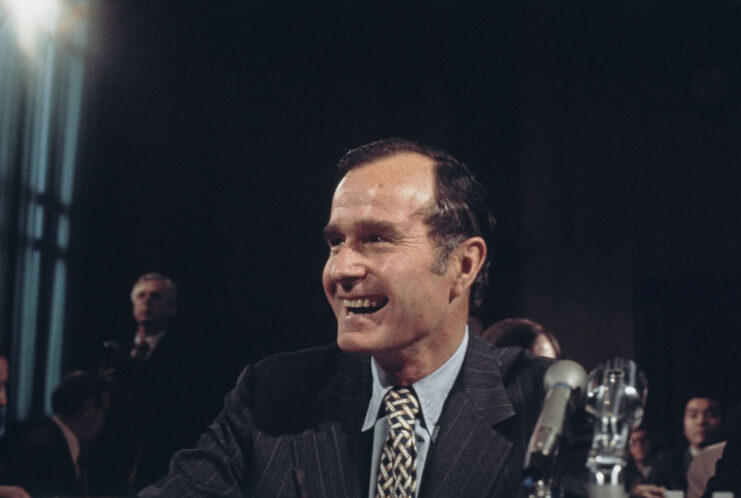
Following his military service, George H.W. Bush pursued several business endeavors, before making the decision to enter the often-turbulent world of US politics. He won his 1966 bid to join the US House of Representatives in Texas’ 7th Congressional District and, a few years later, was appointed the US Ambassador to the United Nations (UN) by President Richard Nixon.
Rising through America’s political ranks, Bush held a variety of roles, including chairman of the Republican National Committee (RNC), head of the US Liaison Office in China and director of the Central Intelligence Agency (CIA). He had attempted to run for president in 1980, but realized he wasn’t a match for the charismatic Ronald Reagan, who won the election and made Bush his vice president.
He held this role for two terms, with him securing the actual presidency after Reagan’s time in office had come to an end. During his tenure in the White House, the United States bore witness to numerous historical events. Along with the collapse of the Soviet Union, there was the Gulf War and the American invasion of Panama (Operation Just Cause).
While Bush attempted to secure a second term in office, he lost the 1992 election to Bill Clinton.
George H.W. Bush’s legacy
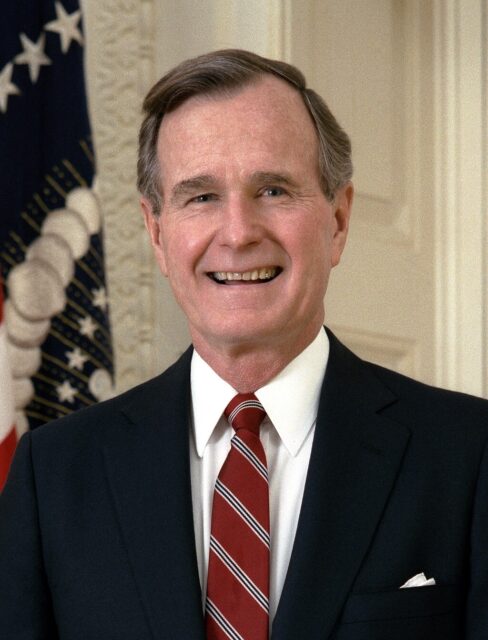
For many, George H.W. Bush left behind a legacy of highs and lows. While regarded by many as a war hero for his actions during the Second World War, others drew issue with his politics while in office – especially during the four years he was president. That being said, when he passed on November 30, 2018, at the age of 94, many spoke out about the man.
More from us: A Bankrupt Oskar Schindler Abandoned His Wife After World War II
Among them was then-Chief of Naval Operations Adm. John Richardson, who said:
“A Statesman. A Public Servant. A Sailor. The country has lost a great leader and we have lost a true shipmate. He epitomized integrity, accountability, initiative, and toughness in the service of our Nation. A Naval Aviator during WWII, a Congressman, Ambassador to the United Nations, CIA Director, Vice President, President, husband and father.
“His memory will continue to inspire us through the service of the aircraft carrier bearing his name. The USS George H.W. Bush (CVN 77) will continue to deploy around the world, protecting America from attack and securing the freedoms President Bush fought so hard to safeguard. Fair winds and following seas, Mr. President.”
